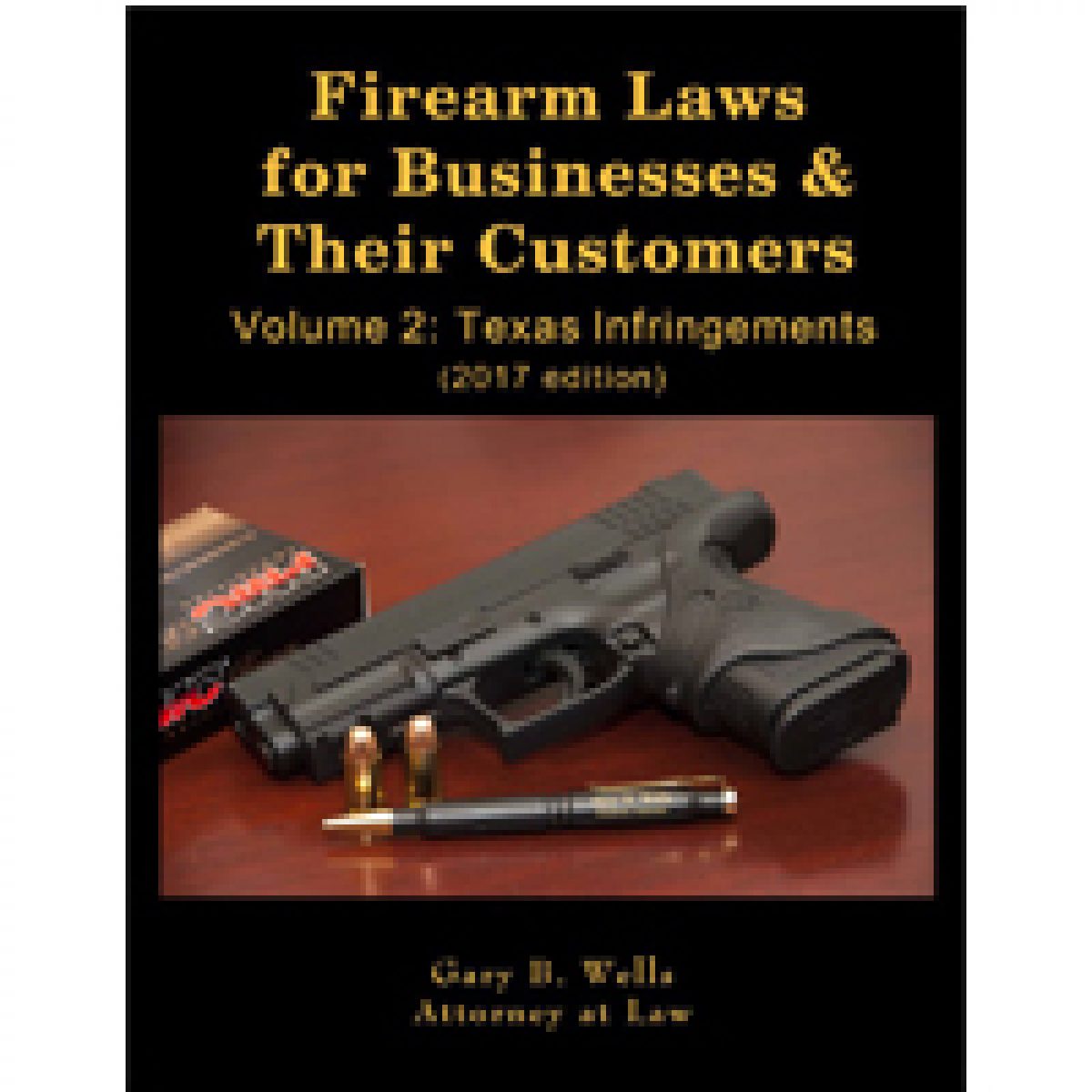Using a Firearm for Self-Defense – Laws You Should Know

The Second Amendment permits citizens to own and carry a gun or firearm for self-defense, and different states have their regulations regarding getting a permit to buy and use a weapon. The law also requires that you should be at least 21 years or 18 years according to the rules in the state where you reside. Other criteria for purchasing a firearm include not having a criminal record or prior prison term as a known felon. There are also restrictions on the kind of weapon you can carry. For instance, you are not permitted to buy automatic weapons or any gun with a silencer.
Identifying a Reasonable Threat to Defend Oneself
Even though your state law permits you to use a firearm for self-defense, the law also requires you to avert an attack with reasonable restraint. According to the law in Maryland for example, the victim must try to retreat when attacked without taking any physical or violent action. If they must use force, it should only be enough to fend off the attack without wilfully harming anyone as criminal lawyers from Bowie declare. On the other hand, some states like Florida have the “Stand Your Ground” rule where defendants are permitted to face their attacker and use deadly or non-deadly force to prevent the attack.
Traditional Self-Defense Rules vs. Stand Your Ground
Traditional self-defense laws permit you to defend yourself in any situation where the attacker may threaten your safety, the safety of a loved one, or property. If the defendant believes that their life is in danger, they can use whatever force is essential for self-defense. However, this rule does not apply to public areas. You can use a gun or firearm for self-defense if an intruder attempts to, is in the process of, or has broken into your home, property, or car. Even then, you must warn the intruder that you have a firearm and ask them to leave before shooting. However, Stand Your Ground laws may allow the defendant to use deadly force if they think they are in a life-threatening situation and discharge the firearm.
Proving a Life-Threatening Situation
In case the defendant has used a gun, they must prove that retreat was not an option, and they truly believed that they were trapped. The court reviews the facts of the case to determine if the defendant was justified beyond a reasonable doubt in using their weapon. For instance, the attacker threatened the defendant with a weapon other than a gun, such as a knife, baseball bat, or any other tool that can cause serious harm. The victim has the right to self-defense using a gun even if the attacker did not threaten them with a firearm.
Getting Permits for Carrying the Gun
Any person wanting to carry a concealed weapon must comply with federal requirements. You’ll apply for a Carry a Concealed Weapon (CCW permit, providing fingerprinting, information like proof of residency, identification like a copy of your driver’s license, and background checks. Depending on your state laws, you could get the permit if you fulfill the requirements. Alternatively, your request could be reviewed and denied. This process could take anywhere from seven days to six months. Many states may also require that you provide a firearms training certificate to prove that you have acquired the necessary training to handle firearms safely. Carrying a firearm without a permit is an offense in some states, so you might want to find out about the applicable laws.
While the law allows you to defend yourself when facing an attack, hurting someone without being in a life-threatening situation is a crime. Use your firearm wisely, or you could face serious charges.
Published in Self Defense



